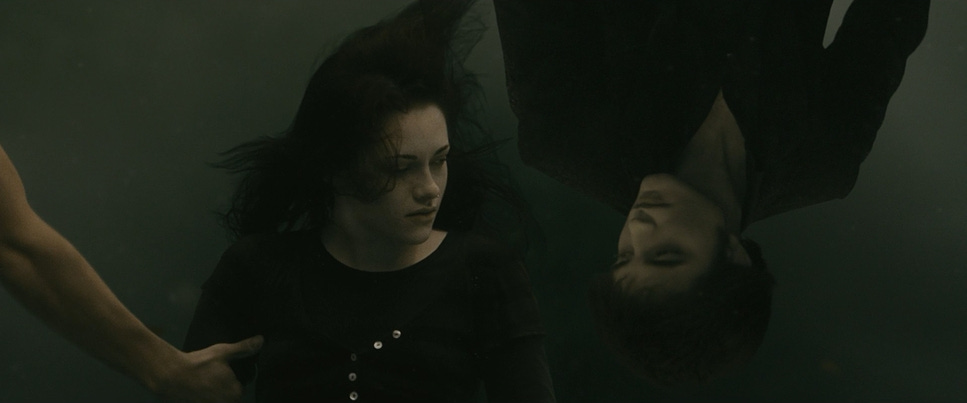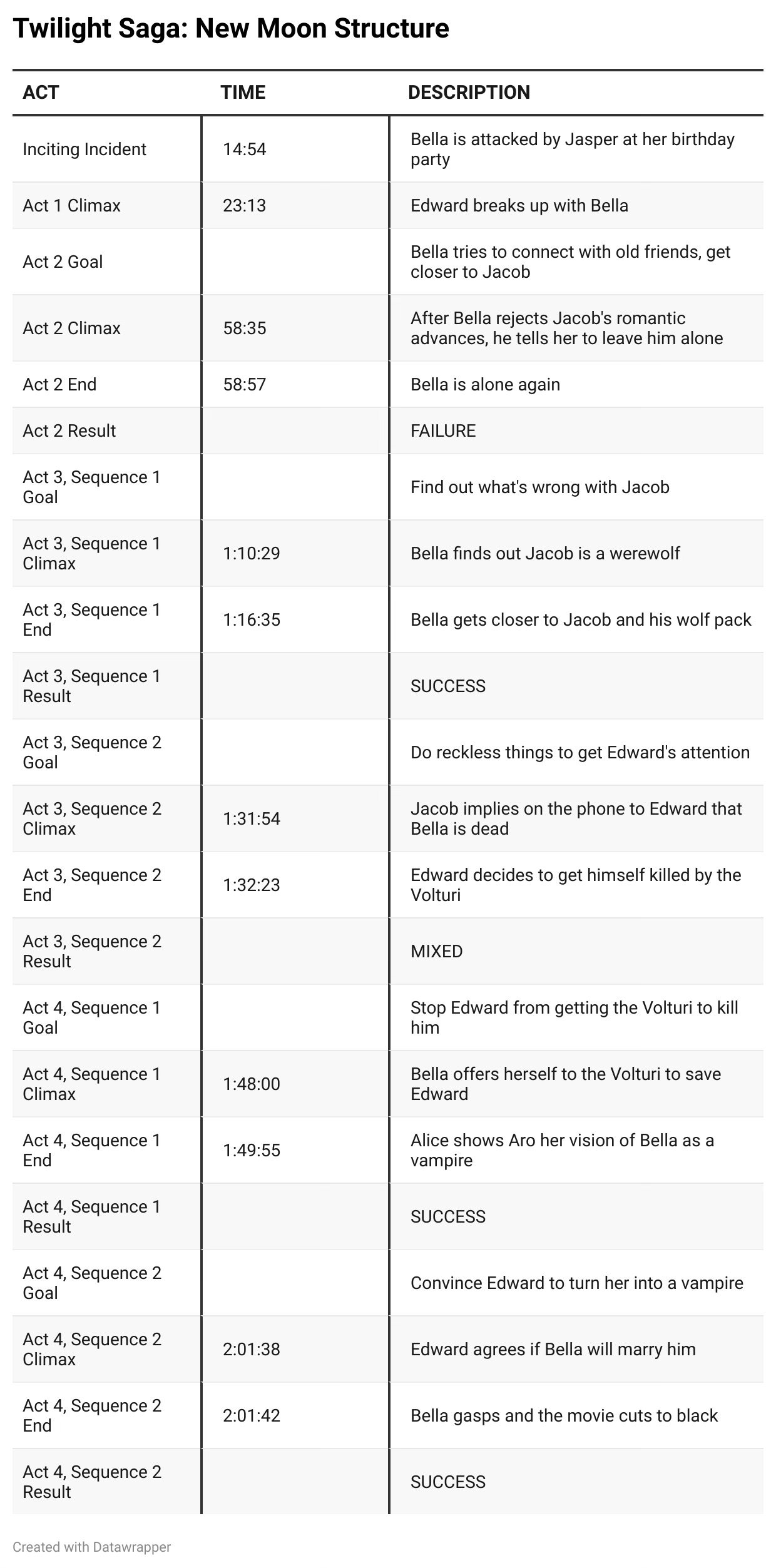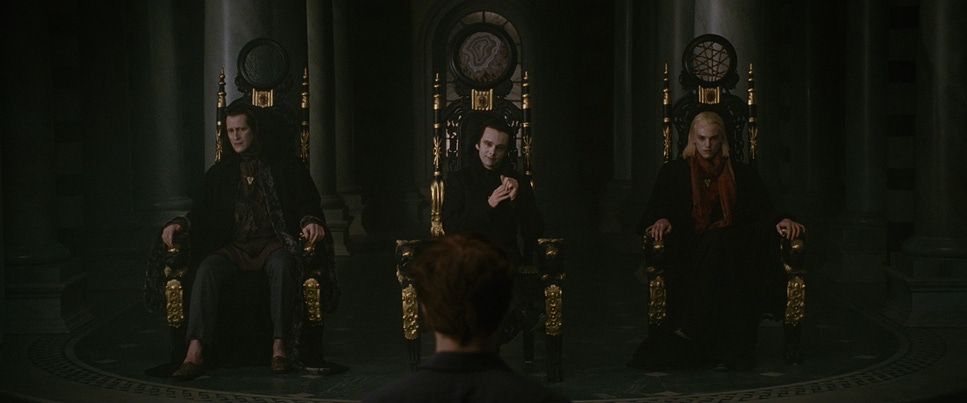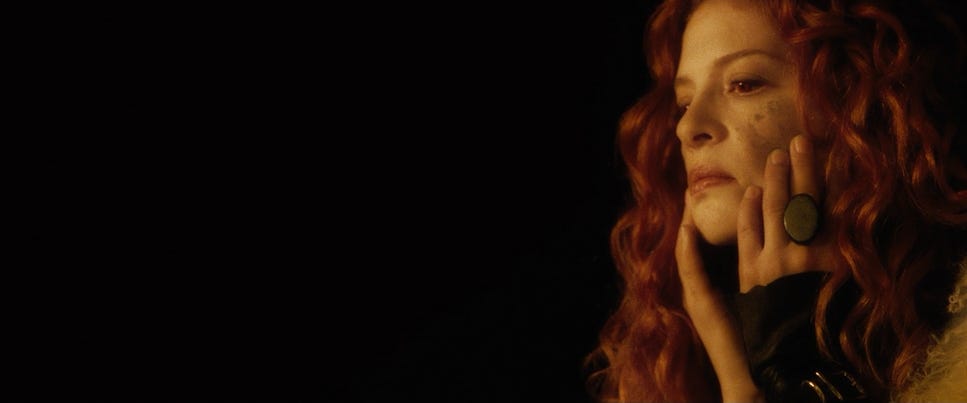Twilight Saga: New Moon
I’m incredibly excited to introduce a new set of contributors to The Hutch Files—my students in the Storytelling 4 class in the MFA Program at the University of Central Arkansas. Over the next few weeks, I’ll be posting their structure breakdowns on some of their own favorite films. I think they’ve done an incredible job and bring some great insights to the films they’ve chosen. Please see their individual bylines at the top of each post. So here we go:
This week, we are taking a look at the Twilight Saga’s New Moon directed by Chris Weitz and starring Kristen Stewart and Robert Pattinson. This film, as part of the iconic teen fantasy series, was surprisingly dynamic in act structure. We’ll dive into the mythic love triangle of the millennial generation… but be warned- A Twilight film is like a chip-you can’t just have one.
As always, these breakdowns contain SPOILERS, and are only recommended if you've already seen the movie. You can check the introduction to these breakdowns, to get an overview of the process and philosophy.
The Basics
Director: Chris Weitz
Writers: Stephenie Meyer, Melissa Rosenberg
Release Date: 2009
Runtime: 130 Minutes
IMDB: https://www.imdb.com/title/tt1259571/
Movie Level Goals
Protagonist(s): Bella
External Goal: Convince Edward to turn her into a vampire
SUCCESS | FAILURE | MIXED
Edward reluctantly agrees to turn Bella sometime in the future after being pressured by the Volturi, who had tried to kill them. But only if she agrees to marry him.
Internal Goal: Figure out her feelings for Jacob
SUCCESS | FAILURE | MIXED
Bella decides that her romantic feelings for Edward outweigh her feelings for Jacob
Goal Relationship: Internal leads to External. Bella chooses Edward definitively (internal goal) which leads to her full pursuit of Edward and being turned into a vampire by him.
Three Observations
Observation 1: The Juxtaposition of Edward & Jacob
I felt like the storytelling in Acts 1 & 2 do really well to create a juxtaposition of the two supernatural love interests in the story, Edward and Jacob. Edward breaks up with Bella in the first act because he questions her safety around his family after she is nearly killed over a papercut at her birthday party. Her mortality and natural bodily functions are dangerous for her to experience in front of Edward and his family, underscoring the fact that she is an outsider. On the other hand, in Act 2, Bella crashes her motorcycle and gashes her head open. Jacob runs to her aid, and she doesn’t have to be afraid of him. He instead comforts her and tells her not to apologize for what is natural. This places their characters at polar opposites of each other, which leads us into the third act, which unveils the Cullen’s history with Jacob’s tribe.
Additionally, New Moon presents two love interests who are both inherently dangerous. There is the ancient vampire who holds the heart of Bella, a naive teenage girl in her first relationship. By being with Edward, she risks her life to his own impulses, the vampires that surround him, and his external enemies. She is delicate in his world. He is aware of this, but Bella in her fatalism doesn’t seem to care.
On the other hand, Jacob encourages Bella to preserve herself, and not seek out dangerous behaviors if they mean hurting herself. That being said, he presents his own dangers. We see in Sam’s fiance, Emily, that there is also extreme danger in being with a werewolf. Given their hot-blooded nature, they could get set off and accidentally phase in close proximity to their loved ones. The scar on Emily’s face is evidence that Jacob also presents serious danger to Bella’s safety.
Observation 2: The “Victoria” Miniplot
I thought it was interesting that Victoria’s relevance to the story is kept in New Moon in the form of a minor plotline. With barely any screen time, the film sets the audience up for what we know are the events in the third film, Eclipse. But in this film, the closest thing we get to a payoff is when Bella sees Victoria in the water and hits her head on a rock, when their timelines coincidentally converge. The fact that these characters never get a standoff in this film creates additional tension geared towards the next film within the saga
Observation 3: Act > Sequence Plot Structure
Lastly, this film had a surprising and dynamic plot structure. Instead of a standard 4 acts for the 2 hour and 10 minute run time, the first half of the film had a standard 2 acts, and then transitioned into sequences with bursts of action for our main characters. There are 4 sequences in the latter half of the film, which switches the mood and speed of the film to create additional tension for the characters.











loving this! thanks for sharing, I'm here for all the Twilight movie stuff!
Thank you for this breakdown of New Moon, it's one of my favorite in the Twilight Saga movies. The juxtaposition between both male characters is really interesting.
Also, wanted to add this in as a movie watcher and not a book reader, in the new Moon movie, whenever Victoria kneels down and put something on her face, I never understood what she was doing just watching the movie. But when I was watching it in slow motion on YouTube slowed down to .25 speed, I was able to see that she was kneeling down in James's ashes that were glittery of course, and spreading the ashes on her cheeks like war paint. The scene moves too quickly and so I was not able to understand that until last year actually (when I watched that scene on slow motion because I was trying to do a screen capture of something for a meme 😄😄😄)
But looking forward to reading your other breakdowns of the other Twilight movies!